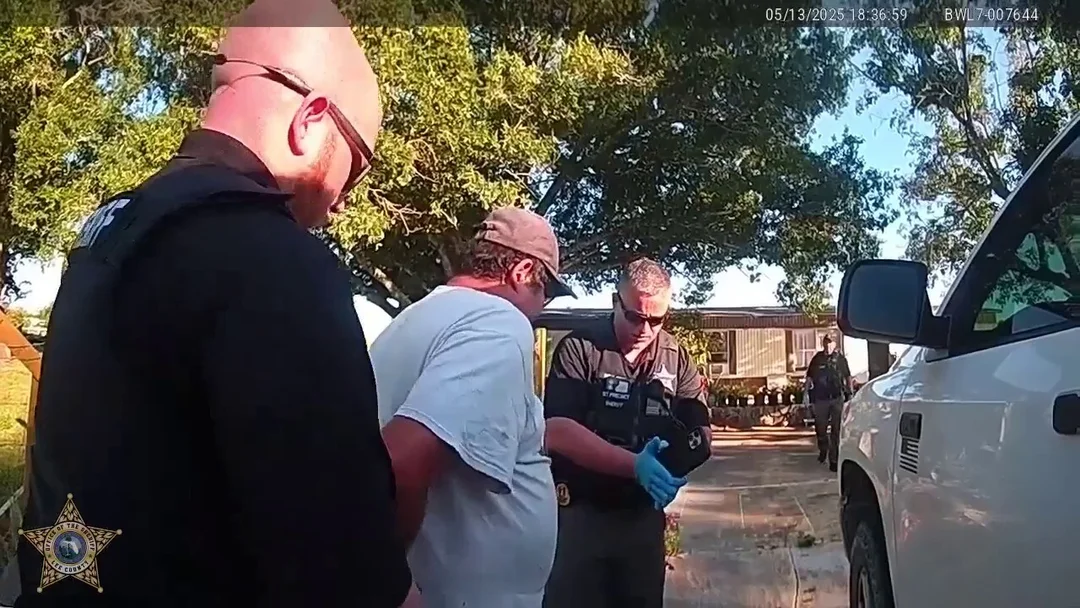
When a Stray Cow Sparks Outrage: What Went Wrong in a Florida Backyard?
In a quiet Florida neighborhood, a simple boundary dispute over a wandering cow escalated into a shocking act of violence, raising questions about animal rights and neighborly relations. This incident, which unfolded in North Fort Myers, highlights the potential dangers when frustrations boil over in rural communities, prompting widespread debate on ethics and accountability.
The trouble began when a 2-year-old calf from one property strayed onto the land of 54-year-old Hung Trinh. According to reports from the Lee County Sheriff's Office, Trinh allegedly shot the animal five times—in its gut, chest, and rear leg—after previous complaints about livestock crossing fences. The event, which occurred on May 13, left the injured cow in critical condition. A veterinarian was called to the scene and determined that the animal's wounds were too severe, leading to its humane euthanasia. This wasn't just a loss for the owner; it represented a broader issue of animal welfare in agricultural areas.

Authorities were quick to respond, arresting Trinh on charges of animal cruelty and grand theft of a commercial farm animal. The sheriff's office executed a search warrant and recovered a .22 caliber gun from Trinh's shed, solidifying the evidence against him. Lee County Sheriff Carmine Marceno condemned the act in a statement, saying, "There will be accountability for taking your frustrations out on innocent animals, in this case, multiple felonies and jail time. We know how much these animals mean to our farming community, and we will not tolerate these actions." This response underscores the sheriff's commitment to protecting livestock, a vital part of Florida's rural economy.
Comparing this case to similar incidents, such as a 2019 event in Connecticut where a cow escaped and met a tragic end, reveals a pattern of animals caught in human conflicts. In Trinh's situation, the cow's owner had noted prior threats from Trinh about shooting stray animals, suggesting a buildup of tension. Experts might argue that this reflects deeper issues in suburban-rural interfaces, where fencing laws and property rights often clash with animal behavior. One article even mentioned the cow might have been pregnant, adding layers of emotional distress and potential legal ramifications under animal welfare statutes.
Video footage released by the sheriff's office captured the heartbreaking scene: deputies approaching the struggling calf before its inevitable fate, followed by Trinh's arrest. These moments paint a vivid picture of the consequences, evoking sympathy for the animal and outrage toward the perpetrator. Trinh, now held on a $100,000 bond and awaiting a June 16 court appearance, has not commented publicly, leaving the community to grapple with the fallout.

As this story unfolds, it serves as a stark reminder of the fine line between property defense and cruelty. What drives someone to such extremes, and how can communities prevent these tragedies? This incident not only highlights the need for better animal protection laws but also the importance of neighborly dialogue in resolving disputes.
In conclusion, this Florida case exemplifies the broader implications of animal cruelty in everyday life, urging us to reflect on our responsibilities toward vulnerable creatures. How can we ensure such events don't happen again? We invite readers to share their thoughts in the comments below—do escalating rural tensions justify extreme actions, or is this a clear case of overreach? Your insights could spark meaningful conversations and even influence future policies.